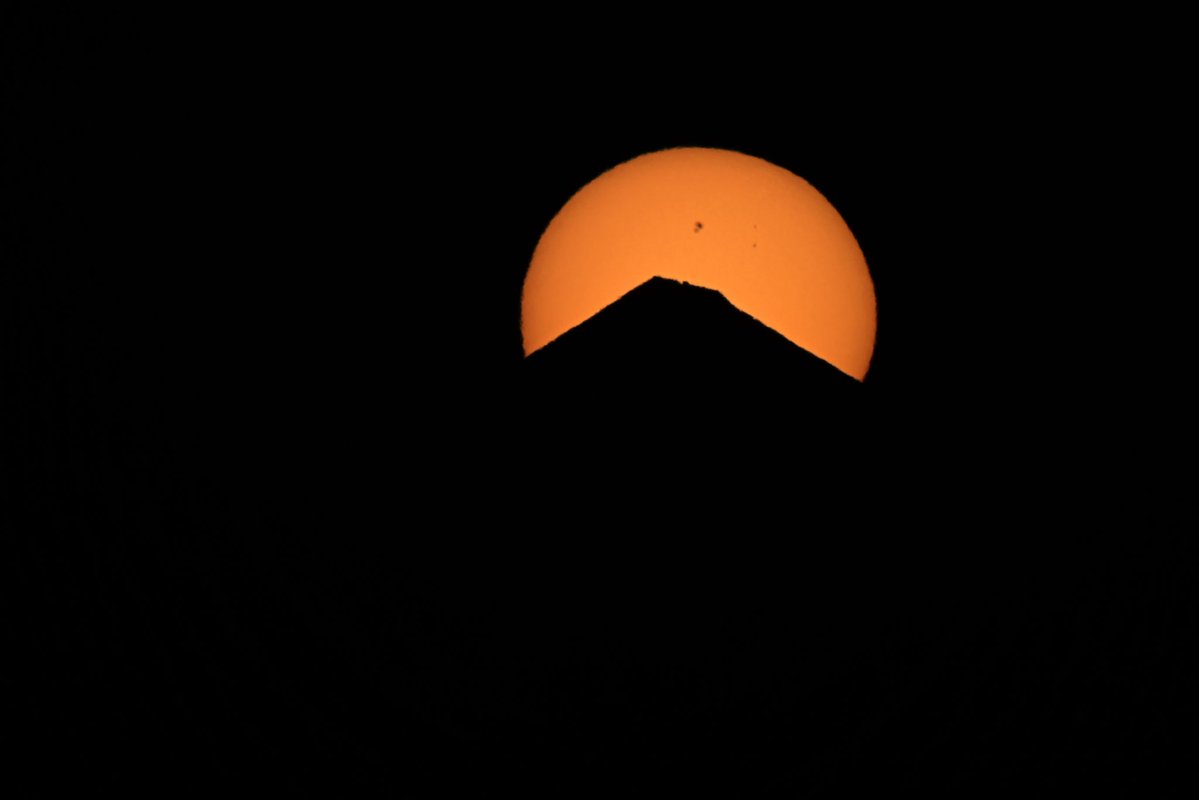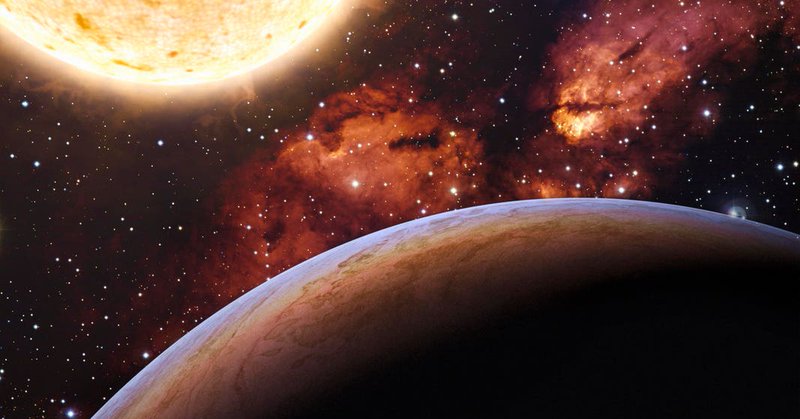
David Montes
@DMontesG
Followers
3K
Following
26K
Media
3K
Statuses
19K
Prof. Dpto. Física de la Tierra y Astrofísica, UCM @Fisicas_UCM @unicomplutense, @IPARCOS_UCM, Vicedecano Investigación y Doctorado @CARMENES_exopl, @GaiaESO
Madrid
Joined April 2011
Timelapse del 29 de agosto 2025 con fotos desde la isla de Gomera del Sol ☀️ justo saliendo por el pico del Teide 🗻en la isla de Tenerife. #astrophotography
1
0
5
El 29 de agosto 2025 tras planificación realizada con @planitphoto he conseguido fotografiar desde la isla de la Gomera el Sol ☀️ justo saliendo por el pico del Teide 🗻en la isla de Tenerife. Aquí fotos realizadas con objetivo a 360 y a 1200mm .Ver IG:
3
17
59
RT @QCLN: Modelling magnetic star-planet interaction in the iconic M dwarfs Proxima Centauri, YZ Ceti and GJ 1151.
arxiv.org
The unambiguous detection of magnetic star-planet interaction (SPI) via radio observations would provide a novel method for detecting exoplanets and probing their magnetic fields. Although direct...
0
5
0
RT @QCLN: CONAN: A Python package for modeling lightcurve and radial velocity data of exoplanetary systems.
arxiv.org
We present CONAN (COde for exoplaNet ANalysis), an open-source Python package for comprehensive analyses of exoplanetary systems. It provides a unified Bayesian framework to simultaneously analyze...
0
3
0
RT @CienciaGob: 🔭El Gobierno ha celebrado hoy la primera reunión de la Comisión Interministerial para el Trío de Eclipses. 🏛️El SE @Cigudo….
0
18
0
RT @RafaelBachiller: Ya disponible nuestro libro sobre los #eclipses2026-2027-2028 . Escrito por los astrónomos del Observatorio Astronómic….
0
28
0
RT @QCLN: HD 28471: a near-resonant compact multiplanet system with a possible cold giant planet.
arxiv.org
We present radial velocity measurements of the star HD 28471, observed by HARPS at the ESO 3.6 m telescope over a baseline of $\sim19$ years. We have searched for planetary companions to HD 28471...
0
3
0
RT @QCLN: TOI-2322: two transiting rocky planets close to the stellar rotation period and its first harmonic.
arxiv.org
Context. Active regions on the stellar surface can induce quasi-periodic radial velocity (RV) variations that can mimic planets and mask true planetary signals. These spurious signals can be...
0
4
0
RT @NASAUniverse: Many stars are polka dotted, but it’s hard to see their spots. Astronomers developed and tested a new tool using data fro….
0
112
0
RT @VTWV: Optical Spectroscopy Reveals Hidden Neutron-capture Elemental Abundance Differences among APOGEE-identified Chemical Doppelg\"ang….
arxiv.org
Grouping stars by chemical similarity has the potential to reveal the Milky Way's evolutionary history. The APOGEE stellar spectroscopic survey has the resolution and sensitivity for this task....
0
5
0
RT @ObservaUCM: Antes del amanecer del 19, 21 y 22 de agosto 2025 La Luna decreciente 🌘, imágenes de @dmontesg_fotos_astro .
0
2
0
RT @ObservaUCM: Antes del amanecer del 19, 21 y 22 de agosto 2025 La Luna decreciente 🌘 pasando entre los planetas Júpiter, Venus y Mercur….
0
6
0
RT @LeeBillings: Now on @sciam: Carbon dioxide may be the most important—and most misunderstood—molecule on Earth. @PeterBrannen1 explains….
scientificamerican.com
In his latest book, science journalist Peter Brannen argues that CO2 is the most important—and most misunderstood—molecule on Earth
0
2
0
RT @QCLN: Discovery of H$\alpha$ Emission from a Protoplanet Candidate Around the Young Star 2MASS J16120668-3010270 with MagAO-X. https://….
arxiv.org
2MASS J16120668-3010270 (hereafter 2MJ1612) is a young M0 star that hosts a protoplanetary disk in the Upper Scorpious star-forming region. Recent ALMA observations of 2MJ1612 show a mildly...
0
2
0
RT @bdorminey: To detect extraterrestrial life, astrobiologists first need to get a better handle on how to define life and what it means f….
forbes.com
To detect extraterrestrial life, astrobiologists first need to get a better handle on how to define life and what it means for a planetary body to be habitable.
0
5
0
RT @QCLN: A Near-Infrared Spectral Library of Very Young Brown Dwarfs and Planetary-Mass Objects in the Orion Nebula Cluster. https://t.co/….
arxiv.org
Age-benchmark brown dwarfs' and planetary-mass objects' spectroscopy is key to characterize substellar evolution. In this paper we present the JHK medium resolution (R~3000) spectra of 25 7-75...
0
2
0









